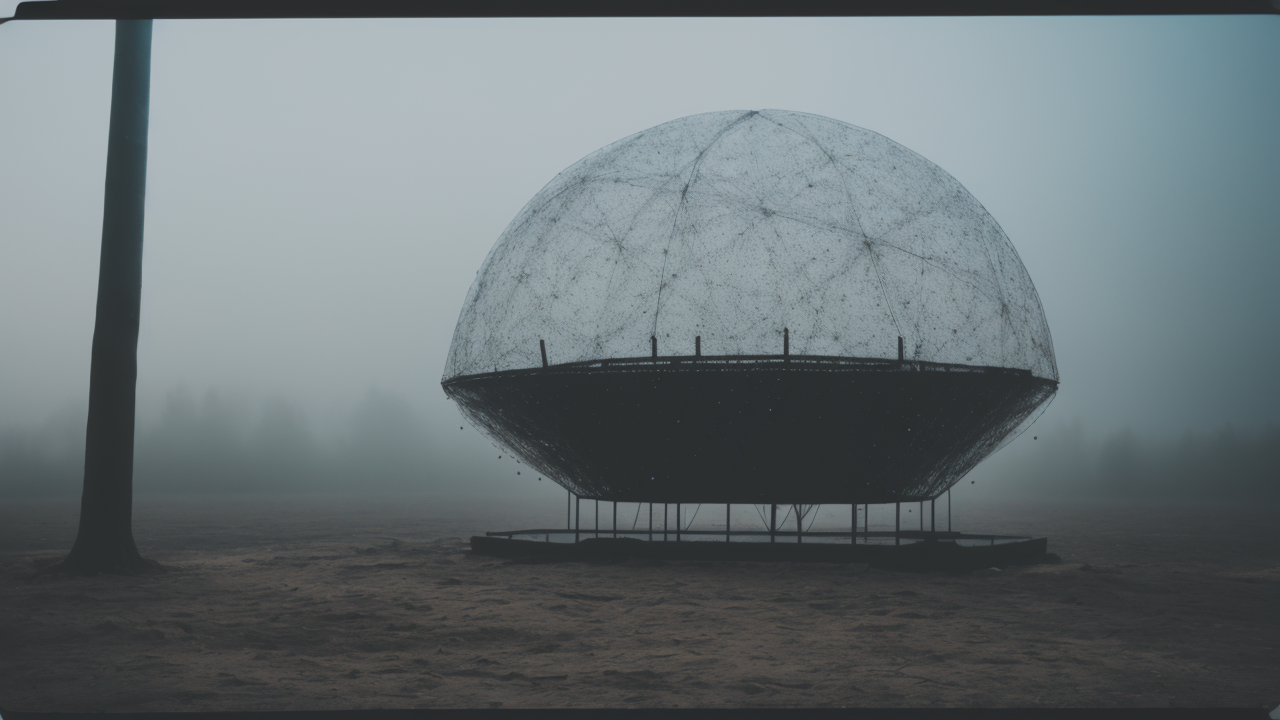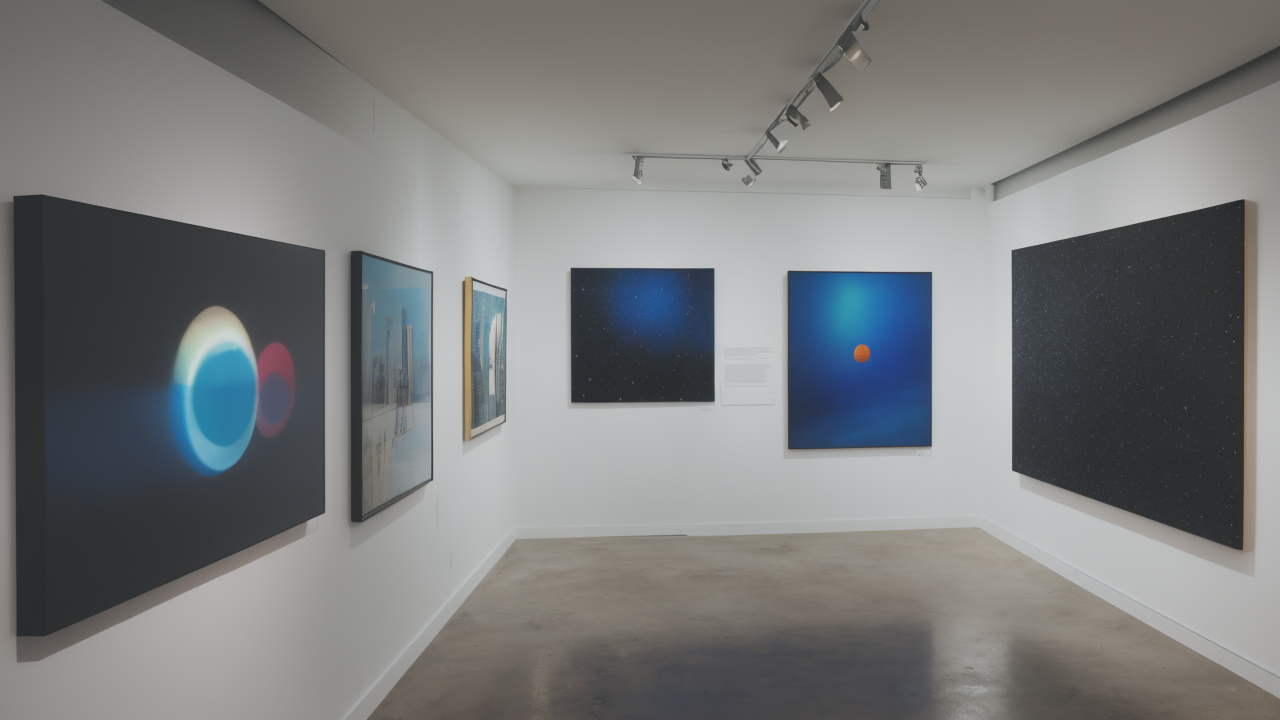
Exploring the Intersection of Contemporary Materials and Classic Plaster Artistry
Understanding Plaster in the World of Pop Art
The Role of Plaster in Contemporary Art
Plaster has become a key material in modern art, especially in pop art. It's very flexible and can create many shapes and textures. Artists use it to make bold, eye-catching pieces that fit pop art's style well. Plaster is great for making 3D versions of everyday things, which is a common pop art theme. It dries fast, so artists can work quickly and spontaneously. This matches pop art's energetic vibe. The material takes paint easily, which is perfect for pop art's bright colors. It's also cheap, so artists can try new ideas without worrying about cost. Plaster's adaptability has made it popular for experimenting in pop art. It helps bridge the gap between flat and 3D art forms.

Benefits of Using Plaster for Pop Artists
Plaster offers many advantages for pop artists. It's easy to shape, allowing for a wide range of forms. The quick drying time speeds up the creative process. This is great for artists who like to work fast. Plaster holds paint well, which is crucial for pop art's vivid colors. It's lightweight, making big sculptures easier to move and display. The low cost means artists can make more without spending too much. Plaster can be smooth or rough, offering different looks. When sealed properly, it lasts a long time. Artists can cast, carve, or build it up in layers. This variety suits pop art's innovative spirit. Plaster also works well with other materials, expanding what artists can do.
Best Practices for Incorporating Plaster into Your Art
Selecting the Right Plaster for Pop Art
Choosing the right plaster is key for pop art success. Think about your artwork's size and details when picking plaster. For fine details, use a smooth, fine-grained plaster. Bigger pieces might need stronger, coarser plaster to stay stable. Look for plasters that are easy to work with and set at a speed you like. Some brands offer colored plaster, saving time on painting later. Consider the final look - some plasters are smoother than others. For outdoor art, pick types that can handle weather. Try different plasters to see what fits your style best. Good quality plaster can really improve your final artwork. It's worth taking time to find the right type for each project.

Step-by-Step Guide to Using Plaster Effectively
- Set up your work area with covers and good air flow.
- Get your tools ready: mixing bowls, water, plaster, and molds if casting.
- Measure plaster and water as the package says.
- Mix slowly to avoid bubbles. Aim for a smooth mix.
- If casting, pour the mix into your prepared molds.
- For sculpting, wait until the plaster feels like play-dough.
- Shape and carve quickly before it gets hard.
- Let the plaster dry fully. This can take 1-2 days.
- Sand the surface if you want it smoother.
- Use a sealer to protect your art.
- Paint or decorate with pop art colors.
- Show off your finished piece!
Safety and Maintenance of Plaster Artworks
Safety is important when working with plaster. Always wear a mask to avoid breathing in dust. Use gloves to keep your skin from drying out. Work in a room with good air flow to prevent dust buildup. Clean your tools right away before plaster hardens on them. To keep plaster art looking good, keep it dry to stop mold. Dust it gently with a soft brush or cloth. Don't use water to clean - use a dry or barely damp cloth instead. If you paint plaster, seal it first so it doesn't soak up the paint. Store plaster art away from damp areas and direct sun. Be careful when moving it, as plaster can chip if dropped. For fixes, use glue made for plaster. With good care, plaster pop art can last many years.
Case Studies: Successful Pop Art Projects Using Plaster
How Top Artists are Leveraging Plaster
Famous pop artists are using plaster in cool new ways. Jeff Koons, known for his shiny sculptures, often starts with plaster models. He uses these to perfect shapes before making final metal versions. Claes Oldenburg makes huge everyday objects, often using plaster in the process. Artist Rachel Whiteread creates plaster casts of empty spaces, turning nothing into something solid. Pop artist George Segal used plaster bandages to make life-size human figures. These artists show how versatile plaster can be in pop art. They prove it's great for testing ideas, making final pieces, and creating unique concepts. Their work inspires new artists to try new things with plaster in pop art.

The Impact of Plaster on Art Exhibits and Galleries
Plaster has changed how art shows look and feel. It's cheap, so artists can make big pieces that fill galleries in impressive ways. The material's flexibility means shows can have lots of different types of art. Plaster is light, making it easier to hang pieces safely. Galleries like how well plaster takes paint, allowing for bright, eye-catching displays. It can look like other materials, adding interest to exhibits. People often want to touch plaster art, making shows more interactive. Its use in pop art has brought new people to galleries. Plaster works create nice contrasts with other art types. This helps make shows more dynamic. Curators find plaster art mixes well with various styles. Overall, plaster has made gallery visits more exciting for artists and viewers alike.
Future Trends in Pop Art with Plaster Innovations
The future looks bright for plaster in pop art. New types of plaster are coming out, offering more strength and detail. Artists are mixing 3D printing with plaster to make complex shapes. Some are putting lights and electronics inside plaster art. Eco-friendly plasters are becoming popular with artists who care about the environment. There's a trend towards huge plaster installations in public places. Artists are mixing plaster with unusual materials to create new textures. Virtual reality is helping plan and visualize plaster sculptures before they're made. DIY culture is making plaster art more accessible to everyone. Pop artists are working with product designers to push what's possible with plaster. As techniques grow, we'll see even more creative uses of plaster in pop art.


